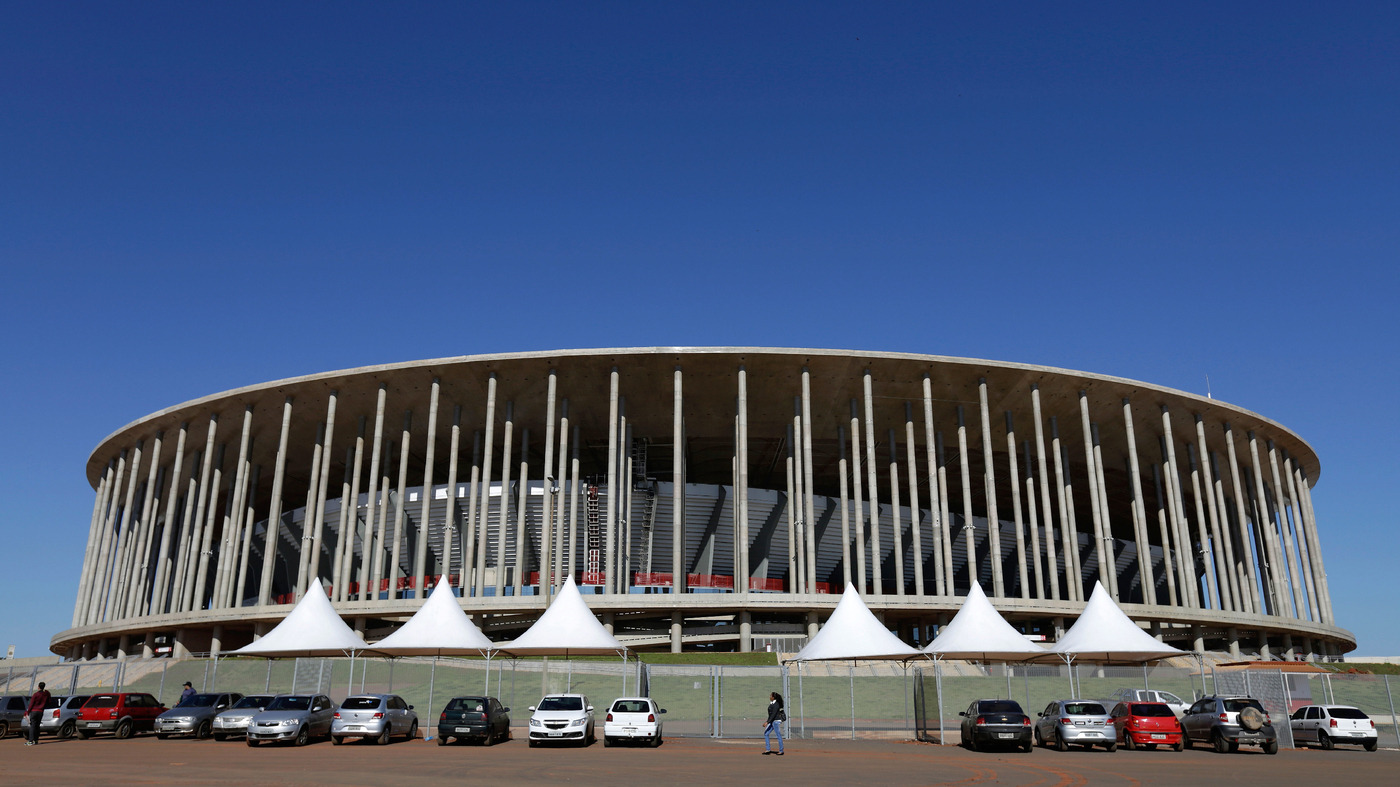
Brazilian football stadiums are more than just places to watch a game; they are cultural landmarks, historical sites, and architectural marvels. From the iconic Maracanã in Rio de Janeiro to the modern Arena Corinthians in São Paulo, these stadiums have witnessed countless memorable moments. Did you know that Maracanã once held nearly 200,000 fans during the 1950 World Cup? Or that the Arena da Amazônia in Manaus is surrounded by lush rainforest? These stadiums not only host thrilling matches but also serve as venues for concerts, political events, and even religious gatherings. Curious about the unique features and stories behind these incredible structures? Buckle up as we explore 25 fascinating facts about Brazilian football stadiums!
Key Takeaways:
- Brazil's Maracanã Stadium, with a rich history dating back to 1950, has seen iconic moments like the "Maracanazo" and the 2014 World Cup. It's a legendary arena with a seating capacity of 78,000 fans.
- From São Paulo's Estádio do Morumbi to Porto Alegre's Estádio Beira-Rio, Brazilian football stadiums are not just venues for matches, but also symbols of passion, history, and modernity in the sport.
The Maracanã: A Legendary Arena
The Maracanã Stadium in Rio de Janeiro is one of the most iconic football stadiums in the world. It has hosted numerous historic matches and events.
- The Maracanã was opened in 1950 to host the FIFA World Cup.
- It originally had a capacity of 200,000 spectators, making it the largest stadium in the world at the time.
- The stadium witnessed the infamous "Maracanazo" when Uruguay defeated Brazil in the 1950 World Cup final.
- It underwent major renovations for the 2014 FIFA World Cup and now seats around 78,000 fans.
- The Maracanã also hosted the opening and closing ceremonies of the 2016 Summer Olympics.
Estádio do Morumbi: São Paulo's Pride
Estádio do Morumbi, home to São Paulo FC, is another significant stadium in Brazilian football. It has a rich history and has seen many memorable moments.
- Estádio do Morumbi was inaugurated in 1960.
- It has a seating capacity of approximately 67,000.
- The stadium is named after Cícero Pompeu de Toledo, a former president of São Paulo FC.
- It has hosted several Copa Libertadores finals.
- The stadium is known for its passionate São Paulo FC supporters, creating an electric atmosphere during matches.
Estádio Mineirão: Belo Horizonte's Gem
Estádio Mineirão in Belo Horizonte is a key venue for football in Brazil. It has hosted numerous important matches and events over the years.
- Estádio Mineirão was opened in 1965.
- It has a seating capacity of around 62,000.
- The stadium underwent extensive renovations for the 2014 FIFA World Cup.
- It hosted the infamous 7-1 semi-final match between Brazil and Germany in 2014.
- The stadium is home to two major Brazilian clubs: Cruzeiro and Atlético Mineiro.
Arena Corinthians: A Modern Marvel
Arena Corinthians, located in São Paulo, is one of the most modern football stadiums in Brazil. It was built for the 2014 FIFA World Cup and has become a symbol of contemporary Brazilian football.
- Arena Corinthians was inaugurated in 2014.
- It has a seating capacity of approximately 49,000.
- The stadium hosted the opening match of the 2014 FIFA World Cup.
- It features state-of-the-art facilities and technology.
- Arena Corinthians is home to Sport Club Corinthians Paulista, one of Brazil's most popular football clubs.
Estádio Beira-Rio: Porto Alegre's Icon
Estádio Beira-Rio, located in Porto Alegre, is another historic stadium in Brazilian football. It has a rich history and has hosted many significant matches.
- Estádio Beira-Rio was opened in 1969.
- It has a seating capacity of around 50,000.
- The stadium underwent renovations for the 2014 FIFA World Cup.
- It is home to Sport Club Internacional, one of Brazil's most successful football clubs.
- The stadium is known for its passionate supporters, creating an intense atmosphere during matches.
The Final Whistle
Brazilian football stadiums are more than just places to watch a game. They’re cultural landmarks, historical sites, and architectural marvels. From the iconic Maracanã in Rio de Janeiro to the modern Arena Corinthians in São Paulo, each stadium has its own unique story. These venues have witnessed countless memorable moments, from World Cup finals to local derbies. They reflect Brazil's passion for football and its rich history. Visiting these stadiums offers a glimpse into the heart of Brazilian culture. Whether you're a football fan or just curious about Brazil, these stadiums are worth exploring. They stand as a testament to the country's love for the beautiful game. So next time you find yourself in Brazil, make sure to check out these incredible stadiums. You won’t be disappointed.
Frequently Asked Questions
Was this page helpful?
Our commitment to delivering trustworthy and engaging content is at the heart of what we do. Each fact on our site is contributed by real users like you, bringing a wealth of diverse insights and information. To ensure the highest standards of accuracy and reliability, our dedicated editors meticulously review each submission. This process guarantees that the facts we share are not only fascinating but also credible. Trust in our commitment to quality and authenticity as you explore and learn with us.
